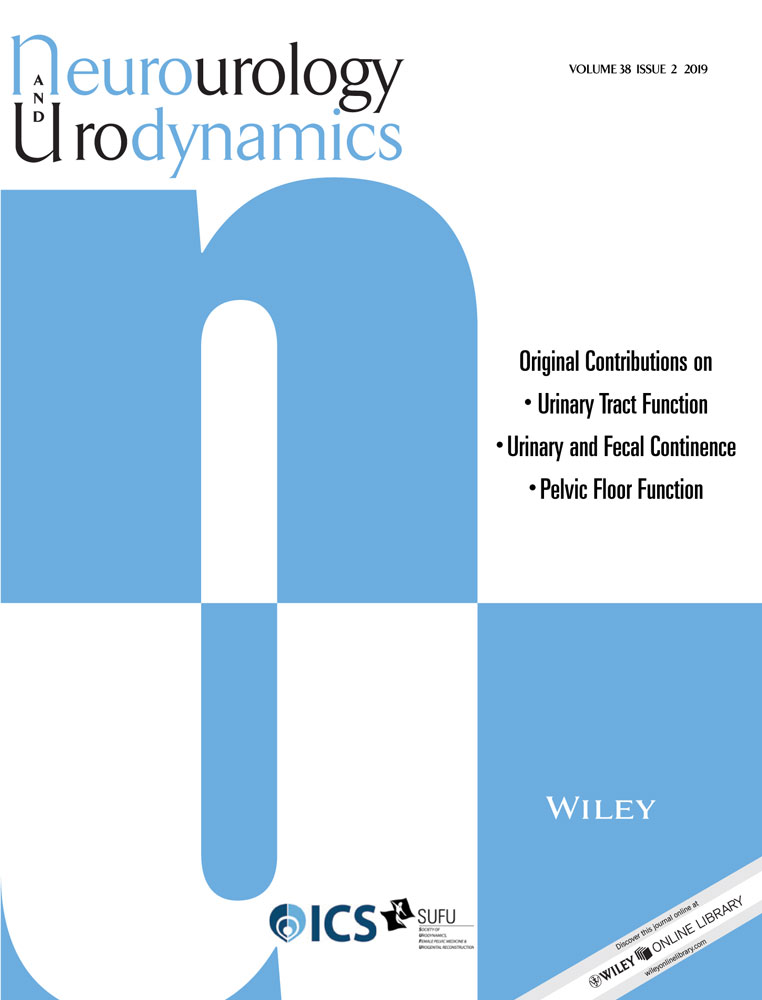Prevalence and impact of lower urinary tract symptoms: Results of the epic survey in Egypt
Abstract
Aims
To estimate the prevalence of lower urinary tract symptoms (LUTS), including overactive bladder (OAB), and urinary incontinence (UI), in Egypt and the impact on patients’ quality of life.
Methods
A population-based, cross-sectional survey (EPIC) was conducted with a random sample of adults aged ≥18 years. Prevalence estimates were based on 2002 International Continence Society definitions.
Results
A total of 3600 adult men and women participated in the survey; 86% of them experienced ≥1 LUTS: storage symptoms were more frequently reported (75%) than voiding (52%) or postmicturition (42%) symptoms. The most prevalent storage symptom was nocturia (defined as ≥1 time per night) in 70% of the population. UI was reported by 21% (mixed UI [MUI]: 9%; stress UI [SUI]: 4%; urgency UI [UUI]: 5%; other UI: 3%), and 30% met criteria for OAB. Despite the high prevalence of LUTS, few individuals with UUI, MUI, SUI, or OAB took prescription medicine (12%) or consulted a healthcare professional about their symptoms (23%).
Conclusion
High prevalence rates of LUTS and OAB were found in adult men and women in Egypt, although low healthcare utilization and low prescription medication use for symptoms were observed.
CONFLICT OF INTEREST
T. Hassan and S. Donde are full-time employees of Pfizer. M. Ibrahim was a full-time employee of Pfizer at the time of preparation of the manuscript. S. Mourad, A. Shokeir and N. Ayoub have no conflicts of interest to declare. N. Reynolds is a full-time employee at Ipsos, a market research supplier for Pfizer.




